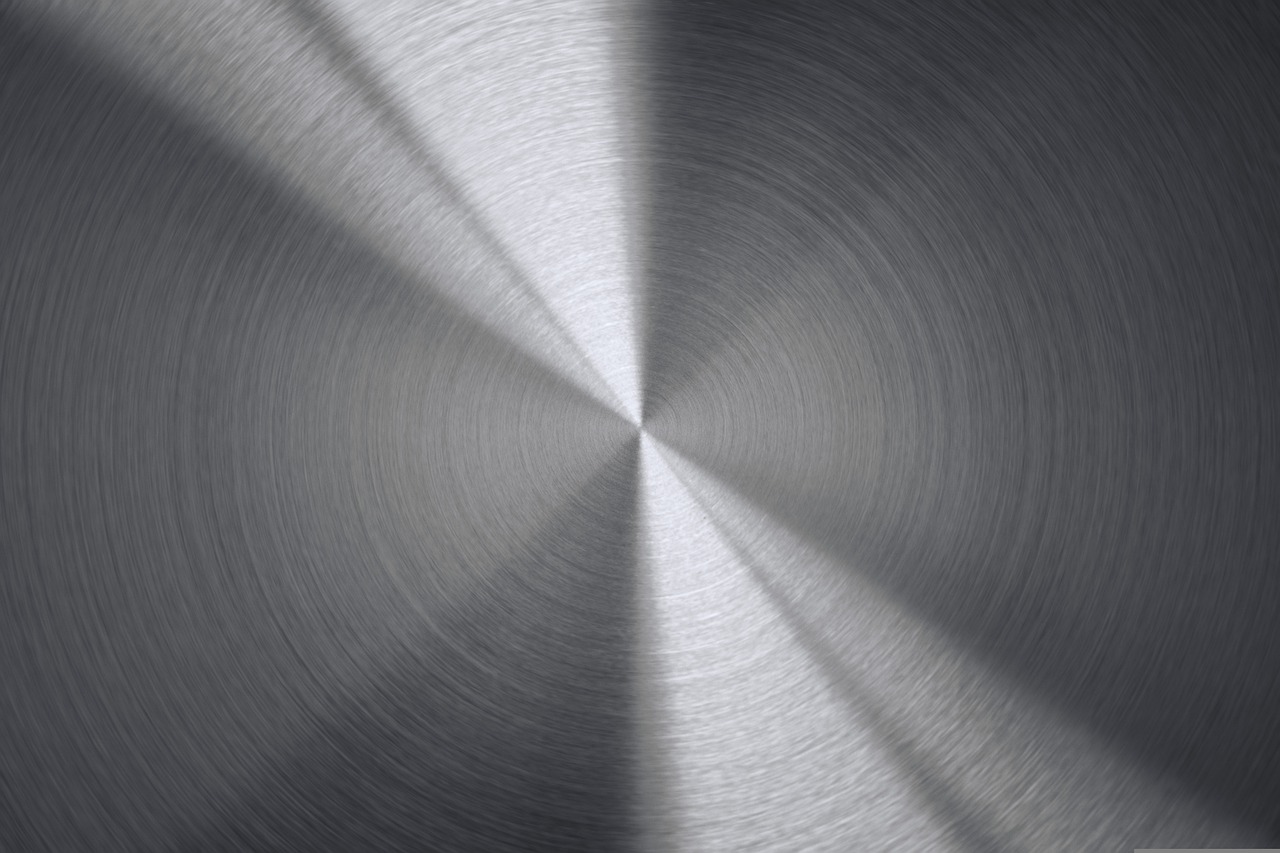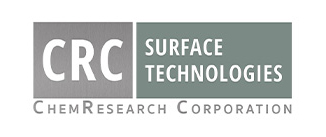
28 Sep How to Clean Anodized Aluminum
If you’re considering anodizing aluminum parts, it’s essential that you know how to properly keep them clean. Anodized aluminum requires little maintenance, but regular cleaning will ensure the coating lasts as long as possible. At CRC Surface Technologies, aluminum anodizing is one of the many metal finishing solutions we offer. We want to help you extend the life of your aluminum anodized parts with this guide on how to clean anodized aluminum parts without damaging the coating.
What Is Anodized Aluminum?
Aluminum anodizing is an electrochemical process that creates a highly durable and corrosion-resistant anodic oxide coating on an aluminum surface. Although anodized aluminum is extremely resistant to corrosion, the protective layer can still deteriorate without regular maintenance.
Anodized aluminum parts should be cleaned at least once a year to reduce the buildup of surface contaminants that can damage the integrity of the coating. Metal parts that are frequently exposed to contamination, such as those used in the aerospace and defense industries, may require more regular cleaning.
Three Tips for Cleaning Anodized Aluminum
1: Use a Neutral Cleaner
When dirt and grime buildup is minimal, you can typically clean anodized aluminum by just using water and a soft sponge or non-scratch cloth. However, when residue is more stubborn, you will need an additional cleaning solution.
Make sure to choose a neutral cleaner—acid and alkaline cleaners can chemically react with the anodized aluminum coating and cause damage. As long as the pH is between 6 and 8, mild dish soap or detergent will work best.
If cleaning with a sponge or cloth doesn’t work, you may need to use a mild abrasive. You should never use highly-abrasive materials such as sandpaper, steel wool, or emery paper on anodized aluminum, which will only scratch the surface and make the coating ineffective.
2: Clean a Test Area First
No matter the type of cleaner and materials you choose, it’s important to clean a small test area first to determine whether it is safe for the surface. After the test area has been cleaned and dried, check for any scratches and discoloration that weren’t there before. If the area looks clean and undamaged, proceed with cleaning the rest of the surface.
3: Be Thorough
To best extend the life of your anodized aluminum surface, you must be thorough with your cleaning. Any areas that you miss will be subject to an extra buildup of contaminants over time, weakening the coating in those spots. It’s also important to thoroughly rinse the surface with water after cleaning to remove any loosened debris and leftover residue.
How to Clean Anodized Aluminum Step-by-Step
With the above tips in mind, follow these steps to keep the surface of anodized aluminum parts clean:
- Use a damp sponge without any cleaner to remove general dirt, dust, soil, grime, and other contaminants from the surface. (Make sure to start with a test area to ensure the sponge or cloth does not damage the surface).
- Spray the entire surface with water using moderate pressure.
- Dry the aluminum with a soft towel to prevent water spots from forming.
- If there are any remaining surface contaminants, mix the dish detergent or other cleaner you’ve chosen with water. Start with a test area, then clean the entire surface again using a sponge or cloth. If you must use a mild abrasive, make sure to scrub in the direction of the metal grain.
- Repeat steps 2 and 3.
Aluminum Anodizing Services in Arizona
Cleaning anodized aluminum parts is only effective as long as the initial anodizing is done right. If your aluminum parts require anodizing, make sure to contact a professional. CRC Surface Technologies offers aluminum anodizing to protect against corrosion and wear common in industries such as aerospace, automotive, defense, and medical. Call 602-253-4175 to learn more about our services, or if you’d like to receive a quote, email rfq@chemresearchco.com for additional assistance.
Images used under creative commons license – commercial use (9/28/2022). Image by Joe from Pixabay

